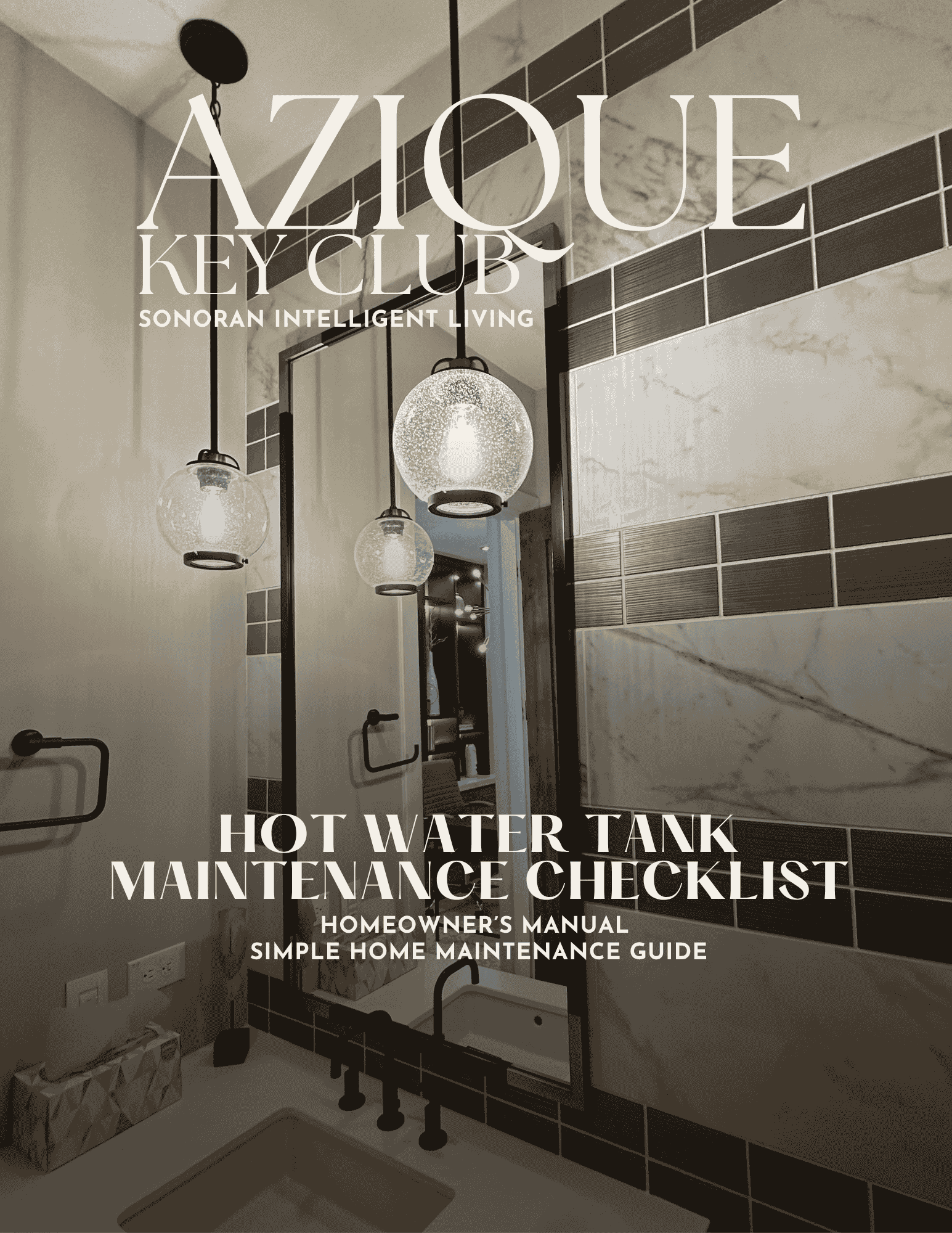
marble Floors Cleaning Checklist

Here’s a comprehensive checklist for deep cleaning marble floors, ensuring their natural beauty, longevity, and protection against damage.
- Broom or vacuum cleaner with a soft brush attachment
- Microfiber mop or a soft mop
- Bucket
- pH-neutral cleaner (designed for marble or stone)
- Water (preferably distilled to avoid mineral deposits)
- White vinegar (optional for tough stains but use with caution)
- Baking soda (optional for spot cleaning)
- Soft-bristled brush or sponge (non-abrasive)
- Clean towels or rags
- Rubber gloves (for protection)
- Steam cleaner (optional, for extra deep cleaning)
- Marble sealer (optional, for long-term protection)
- Floor polish (optional, for added shine)
- Step 1: Remove all furniture, rugs, and objects from the floor area to ensure you can thoroughly clean the entire surface.
- Step 2: Sweep or vacuum the floor to remove dirt, dust, and loose debris. Be gentle while vacuuming to avoid scratching the marble surface.
- Step 1: Review the care instructions provided by the manufacturer or installer of your marble floor, as different types of marble may have slightly different care requirements.
- Step 2: Ensure that any cleaning solution you use is specifically designed for marble or stone surfaces. Avoid acidic or abrasive cleaners like lemon juice, vinegar, or harsh chemicals, which can etch and damage the marble.
- Step 1: Use a pH-neutral cleaner formulated for marble floors. If you're using a homemade solution, mix a few drops of mild dish soap with warm water.
- Step 2: For tough stains or heavy buildup, you can use a mixture of water and a few tablespoons of baking soda. Avoid using acidic substances (like vinegar) directly on marble, as they can damage the surface.
- Step 1: In a bucket, mix your pH-neutral cleaner with warm water according to the label instructions. If using a homemade solution, mix a few drops of mild dish soap in warm water.
- Step 2: Dip your mop or a soft cloth into the solution, wring out excess liquid, and mop the floor. Avoid using too much water, as excessive moisture can seep into grout or cracks.
- Step 3: Mop the floor in sections, making sure to work in small areas so the marble doesn’t absorb too much moisture.
- Step 4: After mopping, rinse the floor with clean water to remove any soap residue, as leftover detergent can attract dust and grime.
- Step 1: For localized stains, apply a paste of baking soda and water to the stained area. Let the paste sit for 10-15 minutes to lift the stain.
- Step 2: Gently scrub the stained area using a soft-bristled brush or sponge. Be careful not to scrub too hard, as this can scratch the marble.
- Step 3: Wipe the area clean with a damp cloth and rinse with fresh water.
- Step 1: For a more thorough cleaning, you can use a steam cleaner. The steam can help remove dirt and sanitize the floor without using chemicals.
- Step 2: Follow the manufacturer’s instructions for your steam cleaner. Move the steam cleaner slowly across the marble floor, covering all areas.
- Step 3: Wipe away any excess moisture with a clean, dry cloth as you go to prevent water from pooling on the surface.
- Step 1: After cleaning, allow the marble to air dry. If necessary, wipe the floor with a soft, dry microfiber cloth to remove any remaining moisture.
- Step 2: Once the floor is dry, buff the surface with a clean, dry microfiber cloth to restore the marble's shine. This step helps remove any streaks or water spots that may remain after cleaning.
- Step 1: If you want to enhance the shine of the marble, use a marble floor polish designed for use on natural stone surfaces.
- Step 2: Apply a thin layer of polish to the marble, following the manufacturer’s instructions. Ensure you apply the product evenly and avoid over-applying, as it could leave a residue.
- Step 3: Allow the polish to dry, then buff the floor using a soft microfiber cloth or a buffing machine to achieve a high-gloss finish.
- Step 1: Consider applying a marble sealer after cleaning to protect the floor from staining and water damage. This is particularly important in high-traffic areas or places prone to spills.
- Step 2: Ensure that the marble is clean and dry before applying the sealer. Follow the instructions on the sealer’s label for proper application.
- Step 3: Allow the sealer to dry and cure according to the manufacturer’s recommendations before walking on the floor.
- Tip 1: Sweep or vacuum the marble floors regularly to prevent dirt and debris buildup. This minimizes the need for frequent deep cleaning.
- Tip 2: Clean up spills promptly, especially acidic liquids like wine, coffee, or citrus, to prevent staining or etching.
- Tip 3: Use area rugs or mats in high-traffic areas and under furniture to prevent excessive wear and dirt buildup on the marble surface.
- Tip 4: Place felt pads under furniture legs to avoid scratching the marble when moving furniture.
- Tip 1: Clean marble floors every 1-2 weeks to maintain their luster and prevent dirt buildup. For deep cleaning, schedule it every 3-6 months depending on foot traffic.
- Tip 2: If you notice dull spots or scratches, consider re-polishing or refinishing the floor. Some professional services can restore the marble to its original shine.
- Tip 3: Regularly check for signs of wear, like cracks or chips. Early repair can prevent more serious damage from water infiltration or dirt accumulation.
By following this detailed deep cleaning checklist, you can keep your marble floors looking pristine, ensuring their timeless elegance and durability for years to come.




